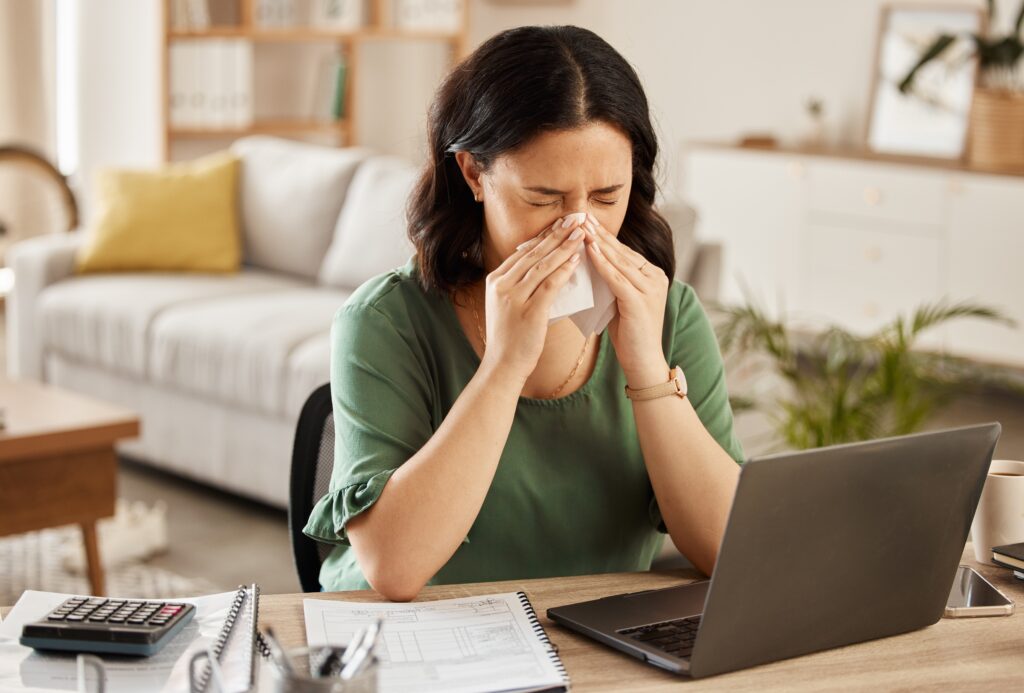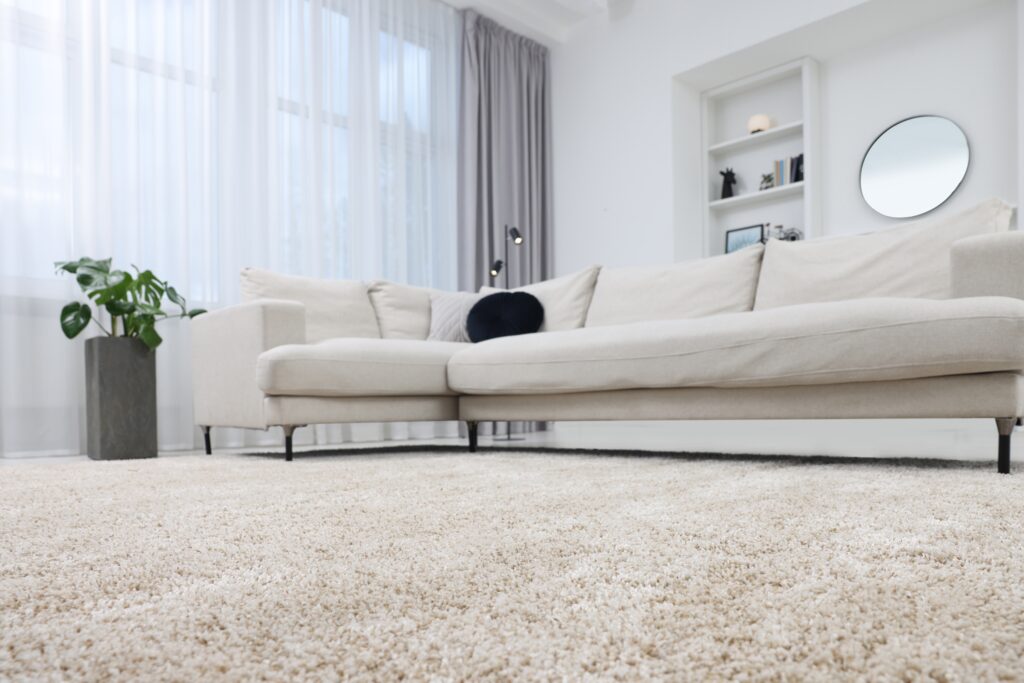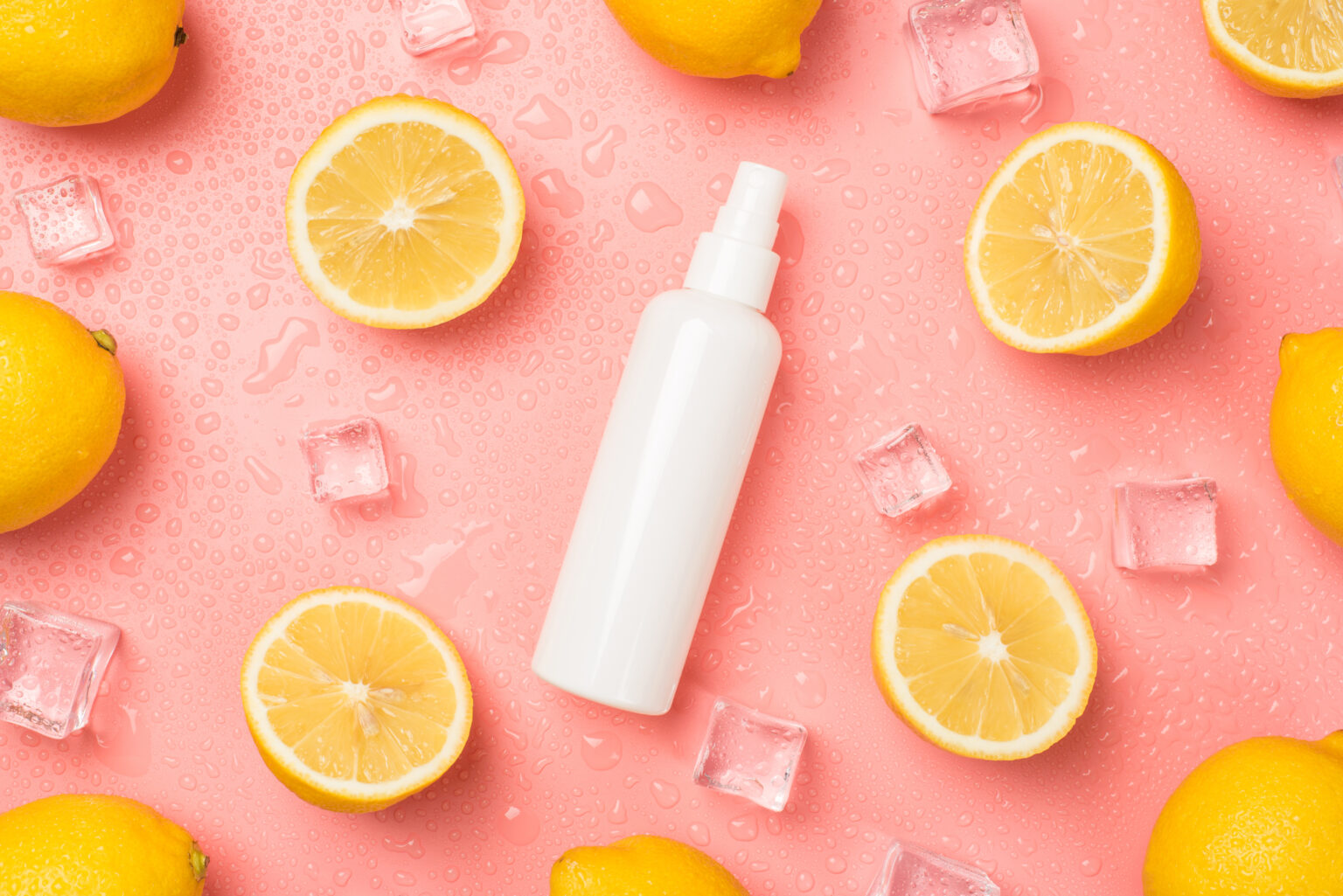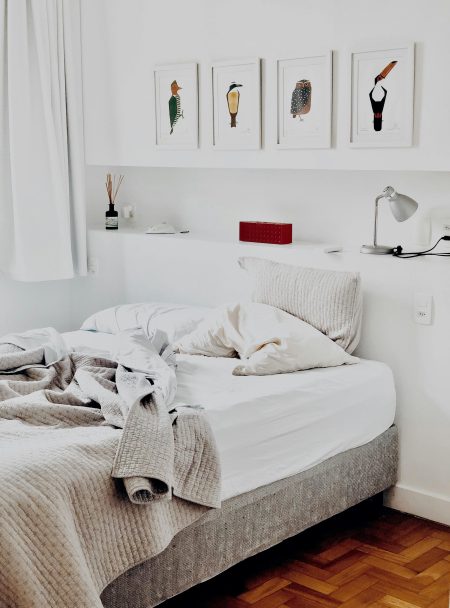Hay fever is a common allergy that affects a significant portion of the population, with around 1 in 3 Brits living with allergies and hay fever, and 20% of the US population suffering from it. The symptoms of hay fever typically include sneezing, coughing, and an itchy face and eyes. The condition is caused by an allergic reaction from pollen particles floating around, which can stick to clothes and shoes and be brought into your home. This can result in pollen lingering on carpets and upholstery, leaving stubborn yellow stains that can be challenging to remove.
James Higgins, eCommerce Manager at Online Carpets, has shared an easy hack to remove pollen stains from carpets. The simple hack involves using a mixture of water and lemon juice, which can cost just cents from the supermarket. Read on for the full protocol.

Prevalence of Hay Fever
Hay fever typically consists of sneezing, coughing, and an itchy face and eyes, and is caused by an allergic reaction to pollen particles floating around in the air.
The prevalence of hay fever varies depending on the time of year and the location. In the UK, hay fever season usually starts in March and ends in September, with the peak season being in June and July. In the US, the hay fever season can start as early as February and last until November, with the peak season being in the spring and fall.
Hay fever can affect people of all ages, but it is more common in children and young adults. It is also more prevalent in urban areas, where there is less greenery and more pollution. People who have a family history of allergies are also more likely to develop hay fever.
While hay fever is not a life-threatening condition, it can have a significant impact on a person’s quality of life. It can affect their ability to work, study, and enjoy outdoor activities. Therefore, it is important to take steps to manage the symptoms and reduce exposure to pollen. This can include using antihistamines, nasal sprays, and eye drops, as well as avoiding outdoor activities during peak pollen times and keeping windows and doors closed.
Symptoms of Hay Fever
Hay fever is a common allergy that affects a large number of people around the world. The symptoms of hay fever can vary from person to person, but the most common symptoms include sneezing, coughing, and an itchy face and eyes. Other symptoms may include a runny or blocked nose, watery eyes, and headaches.
Hay fever is caused by an allergic reaction to pollen particles floating around in the air. When you come into contact with pollen, your body produces histamine, which can cause the symptoms of hay fever. Pollen can stick to clothes and shoes, which can then be brought into your home and can cause symptoms to flare up.
Symptoms of hay fever can be mild or severe, and can interfere with your daily activities. If you have hay fever, it’s important to take steps to manage your symptoms. This may include avoiding exposure to pollen, taking over-the-counter medications, or using home remedies to alleviate your symptoms.
Some people may also experience more severe symptoms, such as asthma attacks or allergic reactions. If you experience any of these symptoms, it’s important to seek medical attention right away.
Overall, hay fever can be a frustrating and uncomfortable allergy to deal with. By understanding the symptoms and taking steps to manage your symptoms, you can reduce the impact that hay fever has on your life.
Causes of Hay Fever
Hay fever is caused by an allergic reaction to pollen particles that are released by trees, grasses, and weeds during their reproductive cycle. When these tiny particles are inhaled, they trigger an immune response in the body, causing symptoms such as sneezing, coughing, and itchy eyes.
Pollen particles are carried in the air and can travel for miles, making it difficult to avoid them completely. They can also stick to clothing and shoes, which can then be brought into your home and onto carpets and upholstery.
Other common causes of hay fever include:
- Exposure to dust mites, pet dander, and mold spores
- Changes in weather patterns, such as high humidity or sudden temperature changes
- Certain foods, such as celery, apples, and melons, which can trigger a cross-reaction in people with pollen allergies
It’s important to note that hay fever is not contagious and cannot be passed from person to person. If you experience symptoms of hay fever, it’s best to avoid exposure to allergens and consult with a healthcare professional for proper diagnosis and treatment.

Impact on Home Environment
Hay fever can have a significant impact on the cleanliness of your home environment. With pollen particles floating around, it can easily stick to clothes and shoes and be brought into your home, settling on your carpets and upholstery. This can leave stubborn yellow stains that can be difficult to remove.
Not only is this unsightly, but it can also be a source of discomfort for those with allergies. Sneezing, coughing, and itchy eyes can make it difficult to relax and enjoy your home.
James Higgins’s Cleaning Hack – The Detail
To remove any pollen stains from your carpets, all you need is a spray bottle, tap water, and a single lemon. Simply pour a few drops of lemon juice into the spray bottle and mix it with tap water. If you don’t have a spray bottle, you can also pour a few drops of juice onto the carpet straight from the lemon itself.
Once you have your mixture, spray it onto the stain and blot with a clean cloth, starting from the outside and moving inwards to remove it. It’s important to not rub the stain away, as this can smudge the pollen, making your problem area even bigger.
If the pollen stain is particularly stubborn to remove, you could even add some bicarbonate of soda or salt with some more water to help remove it afterwards.
Remember to wait until the pollen is dry for this to work well. If the pollen is still fresh and wet, it can spread further across the carpet leaving a larger stain that can be more difficult and time-consuming to remove.
Alternative Cleaning Methods
While lemon juice is a great and inexpensive way to remove pollen stains from your carpets, there are other effective cleaning methods that you can try as well. Here are a few alternative cleaning methods that you can use to get rid of pollen stains from your carpets:
1. Baking Soda and Vinegar
Mix baking soda and vinegar to create a paste, then apply the paste to the pollen stain and let it sit for 10-15 minutes. Afterward, use a clean cloth to blot the stain and rinse the area with water. This method is effective because baking soda is a natural cleaning agent that can help to lift stains, while vinegar is a natural disinfectant that can help to kill bacteria.
2. Hydrogen Peroxide
Hydrogen peroxide is a powerful disinfectant that can help to remove pollen stains from your carpets. Simply pour some hydrogen peroxide onto the stain and let it sit for a few minutes, then use a clean cloth to blot the stain and rinse the area with water.
3. Salt
Salt is another natural cleaning agent that can help to remove pollen stains from your carpets. Mix salt with some warm water to create a paste, then apply the paste to the stain and let it sit for 10-15 minutes. Afterward, use a clean cloth to blot the stain and rinse the area with water.
4. Carpet Cleaner
If the pollen stain is particularly stubborn, you may want to try using a carpet cleaner. Carpet cleaners are designed to remove tough stains and can be rented from most hardware stores. Simply follow the instructions on the cleaner and use it to clean the affected area.
Remember, it’s important to act quickly when dealing with pollen stains on your carpets. The longer you wait, the harder it will be to remove the stain. By using one of these alternative cleaning methods, you can effectively remove pollen stains from your carpets and keep your home looking clean and fresh.









